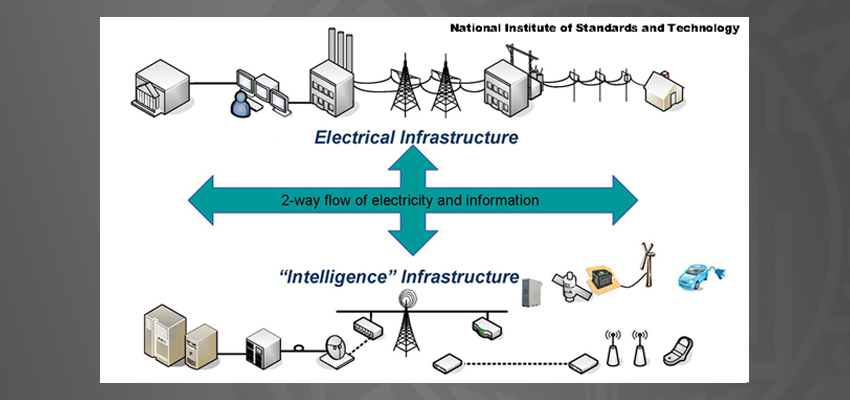Illinois State University received a $450,000 grant to train K-12 teachers through the University’s Smart Grid for Schools program, which offers schools an opportunity to learn about the smart grid technology being rolled out by investor-owned utilities throughout Illinois.
Smart grid refers to the technology that will change the delivery of electricity. Consumers will have “smart meters” in their homes, with rates based on the time of day, allowing them more control over costs by using energy during off-peak periods.
“We’re teaching the next generation about the future of electricity and what it will enable them to do,” said David Loomis, director of the Center for Renewable Energy, which is partnering with the University’s Center for Mathematics, Science, and Technology to implement the Smart Grid program. “The primary purpose of our program is to allow students to experience how the electrical grid operates, so they can see first-hand how the smart meters and the creation of a smart grid will make the system more efficient.”
As utilities transition to a modern electrical grid, the technology also will be capable of detecting and repairing some problems before they cause outages, he said. Students will learn about electricity demand through hands-on activities and experiments, using tabletop models of a home and the power grid, built by Illinois State’s Department of Technology. Simulated rooms will have electrical appliances and a smart grid meter. Students will manipulate electrical usage to see how it affects energy consumption.
Illinois State was one of nine recipients of the inaugural grant awards to support consumer education projects on the smart grid. The award was presented by the Illinois Science and Energy Innovation Foundation (ISEIF).
The grants are funded by the Energy Infrastructure Modernization Act of 2011. The goal is to build educational programs that support the physical infrastructure Illinois is building as it transitions to a modern electrical grid.

